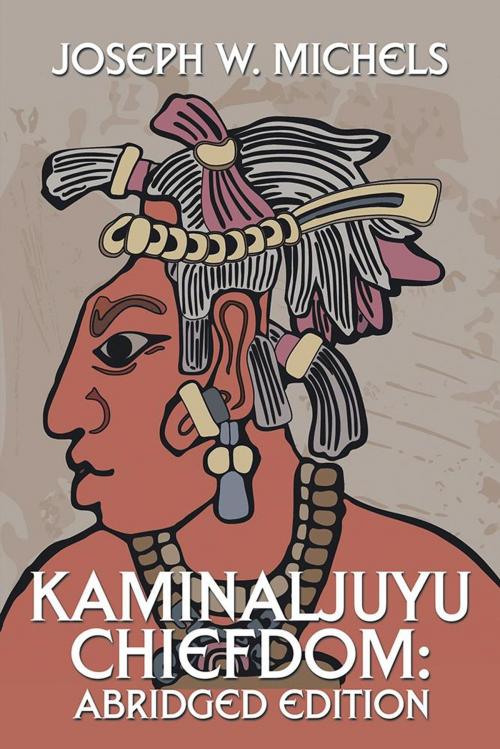| Author: | Joseph W. Michels | ISBN: | 9781532008924 |
| Publisher: | iUniverse | Publication: | October 21, 2016 |
| Imprint: | iUniverse | Language: | English |
| Author: | Joseph W. Michels |
| ISBN: | 9781532008924 |
| Publisher: | iUniverse |
| Publication: | October 21, 2016 |
| Imprint: | iUniverse |
| Language: | English |
This abridged edition of the 1979 work entitled The Kaminaljuyu Chiefdom is intended to provide a readable portrait of the ancient Maya of this highland Guatemalan archaeological site. Most of the original books methodological and technical sections have been left out so that the reader can more easily focus on the main theme of the work, namely how a society adapts to changing conditions over millennia while retaining organizational continuity. Kaminaljuyu first appears in the archaeological record as a small nucleated village located near a small lake but, over time, grew into a major ceremonial and political center that played an important role in the regional and transregional economies of the time. Unsettled conditions challenged the political fabric of the center, necessitating organizational and societal adjustments. Monumental architecturetemples, tombs, shrines, ball courts, homes for the nobilitylay concealed under hundreds of earthen mounds and signal the presence of eleven archaeologically recognizable phases. The archaeological remains of the site of Kaminaljuyu have, over the years, been profoundly affected by the ceaseless expansion of Guatemala City, making research at the site enormously difficult. Mounting a large-scale, systematic investigation of the kind undertaken by the Penn State University Kaminaljuyu Projectthe project that provided much of the underlying empirical evidence for the ideas developed hereis sadly no longer possible. Nevertheless, archaeologists continue to study what remains of the site, owing to its importance to Mesoamerican prehistory.
This abridged edition of the 1979 work entitled The Kaminaljuyu Chiefdom is intended to provide a readable portrait of the ancient Maya of this highland Guatemalan archaeological site. Most of the original books methodological and technical sections have been left out so that the reader can more easily focus on the main theme of the work, namely how a society adapts to changing conditions over millennia while retaining organizational continuity. Kaminaljuyu first appears in the archaeological record as a small nucleated village located near a small lake but, over time, grew into a major ceremonial and political center that played an important role in the regional and transregional economies of the time. Unsettled conditions challenged the political fabric of the center, necessitating organizational and societal adjustments. Monumental architecturetemples, tombs, shrines, ball courts, homes for the nobilitylay concealed under hundreds of earthen mounds and signal the presence of eleven archaeologically recognizable phases. The archaeological remains of the site of Kaminaljuyu have, over the years, been profoundly affected by the ceaseless expansion of Guatemala City, making research at the site enormously difficult. Mounting a large-scale, systematic investigation of the kind undertaken by the Penn State University Kaminaljuyu Projectthe project that provided much of the underlying empirical evidence for the ideas developed hereis sadly no longer possible. Nevertheless, archaeologists continue to study what remains of the site, owing to its importance to Mesoamerican prehistory.















